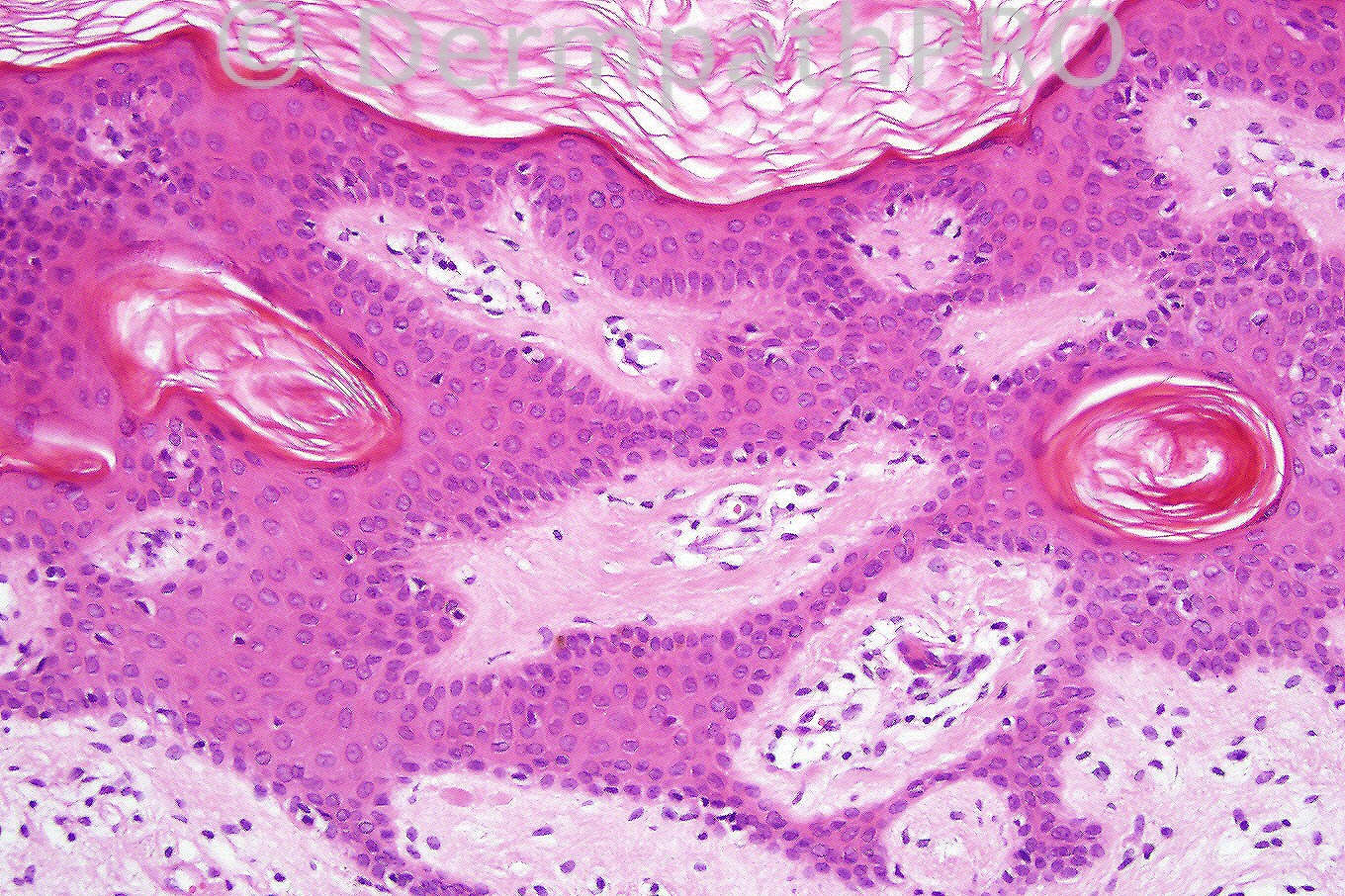Case Number : Case 603 - 1 Oct Posted By: Guest
Please read the clinical history and view the images by clicking on them before you proffer your diagnosis.
Submitted Date :
Male 6 years with a scaly, warty lesion on his arm.





User Feedback